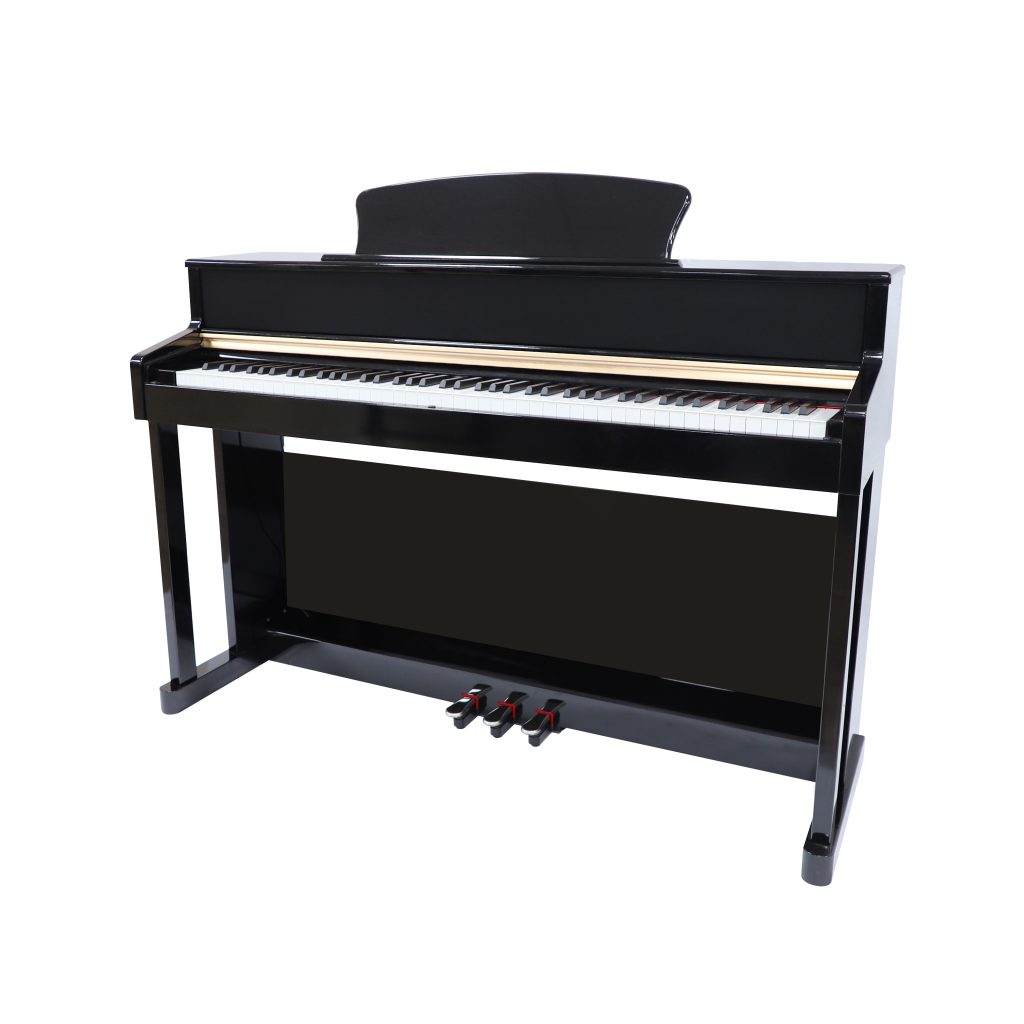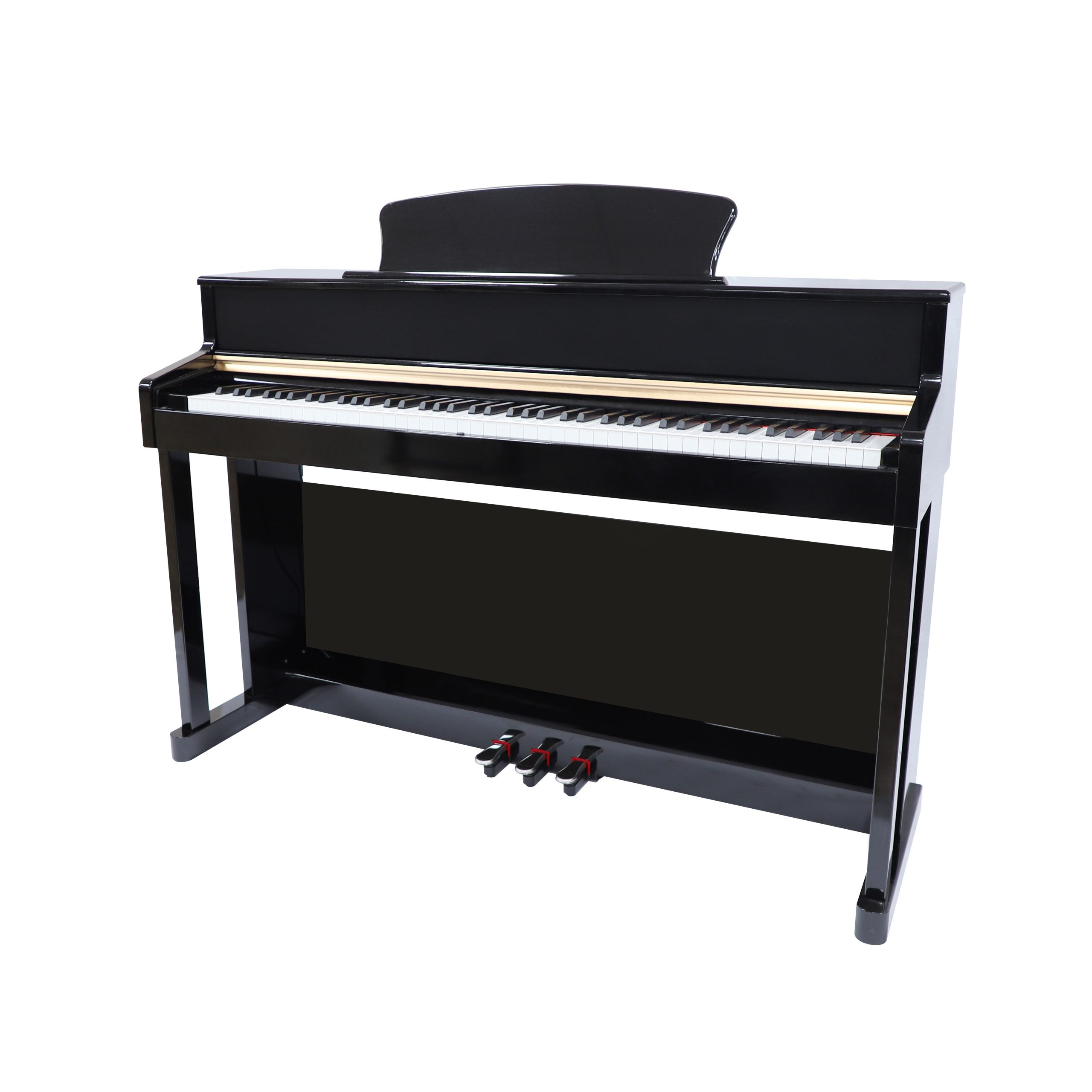The evolution of pianos has brought about significant innovations, particularly with the advent of digital pianos. Unlike traditional acoustic pianos, digital pianos offer a compact design, reduced weight, and enhanced mobility, making them a preferred choice for many musicians. Whether you are a beginner, a traveling performer, or someone with limited space at home, the benefits of a digital piano are undeniable.
Size and Portability: Why Digital Pianos Are More Convenient
Compact Design for Limited Spaces
Traditional acoustic pianos, especially grand and upright models, require substantial space due to their large wooden casings, internal soundboards, and complex mechanisms. In contrast, digital pianos are designed with space efficiency in mind. Many models feature slim profiles that allow them to fit in small apartments, dormitories, and compact studios without sacrificing key size or playability.
Lightweight Construction for Easy Transportation
A full-sized acoustic grand piano can weigh between 500 to 1,200 pounds (227 to 544 kg), making it extremely difficult to move. Even upright pianos, which are more compact, weigh around 400 to 600 pounds (181 to 272 kg). This presents a challenge when relocating, rearranging furniture, or setting up for performances.
Conversely, digital pianos weigh as little as 20 pounds (9 kg) for portable models and up to 100 pounds (45 kg) for console models, making them easy to transport. This lightweight design is ideal for gigging musicians, students moving between locations, and those who frequently rearrange their living spaces.
Convenient Storage and Setup
Foldable and Detachable Stands
Many digital pianos come with detachable or foldable stands, allowing them to be easily stored in closets, under beds, or against walls when not in use. This feature is especially beneficial for those living in small apartments or shared spaces where flexibility is key.
Plug-and-Play Simplicity
Unlike acoustic pianos, which require tuning and meticulous maintenance, digital pianos can be set up instantly. Simply plug them into a power source, turn them on, and start playing. This makes digital pianos particularly appealing to beginners and casual players who want a hassle-free experience.
Superior Mobility for Musicians on the Go
Ideal for Live Performers
For musicians who perform at multiple venues, the portability of digital pianos is a game-changer. Unlike bulky acoustic pianos that are fixed in one place, digital pianos can be carried in a case or bag, allowing artists to bring their instruments to gigs, rehearsals, and even outdoor performances with ease.
Battery-Powered Options
Some digital piano models are battery-operated, eliminating the need for power outlets. This allows musicians to perform anywhere—on the street, in parks, or even at beachside events. The ability to play without relying on electricity gives unparalleled freedom to artists who love to perform in diverse environments.
Additional Benefits of Digital Pianos Over Traditional Pianos
Low Maintenance and No Tuning Required
One of the biggest downsides of acoustic pianos is the need for regular tuning, which can be costly and time-consuming. Since digital pianos generate sound electronically, they never go out of tune, eliminating the need for frequent maintenance.
Headphone Connectivity for Silent Practice
Unlike traditional pianos, which produce sound acoustically and can disturb neighbors or housemates, digital pianos allow for silent practice through headphone connectivity. This makes them ideal for students, night-time practice sessions, and shared living spaces.
Versatile Sound and Recording Features
Digital pianos come equipped with various instrument tones, built-in metronomes, recording functions, and MIDI compatibility. These features enable musicians to experiment with different sounds, record their performances, and connect to computers for music production, something an acoustic piano cannot offer.
When comparing traditional acoustic pianos to digital pianos, it is clear that digital models offer greater flexibility, portability, and convenience. Their lightweight build, compact size, easy storage, and enhanced mobility make them the ideal choice for modern musicians. Whether you are a student, a performer, or someone looking for a practical musical instrument, a digital piano is an excellent investment.




